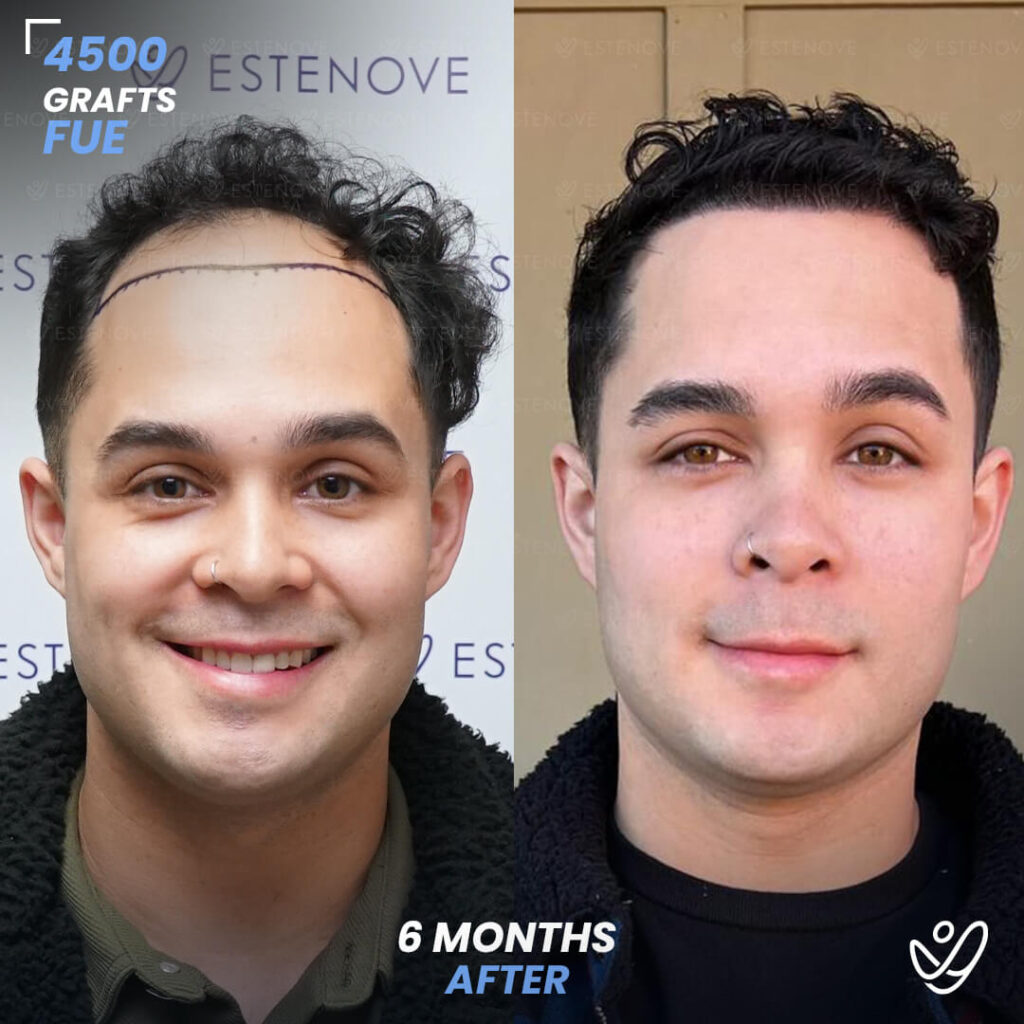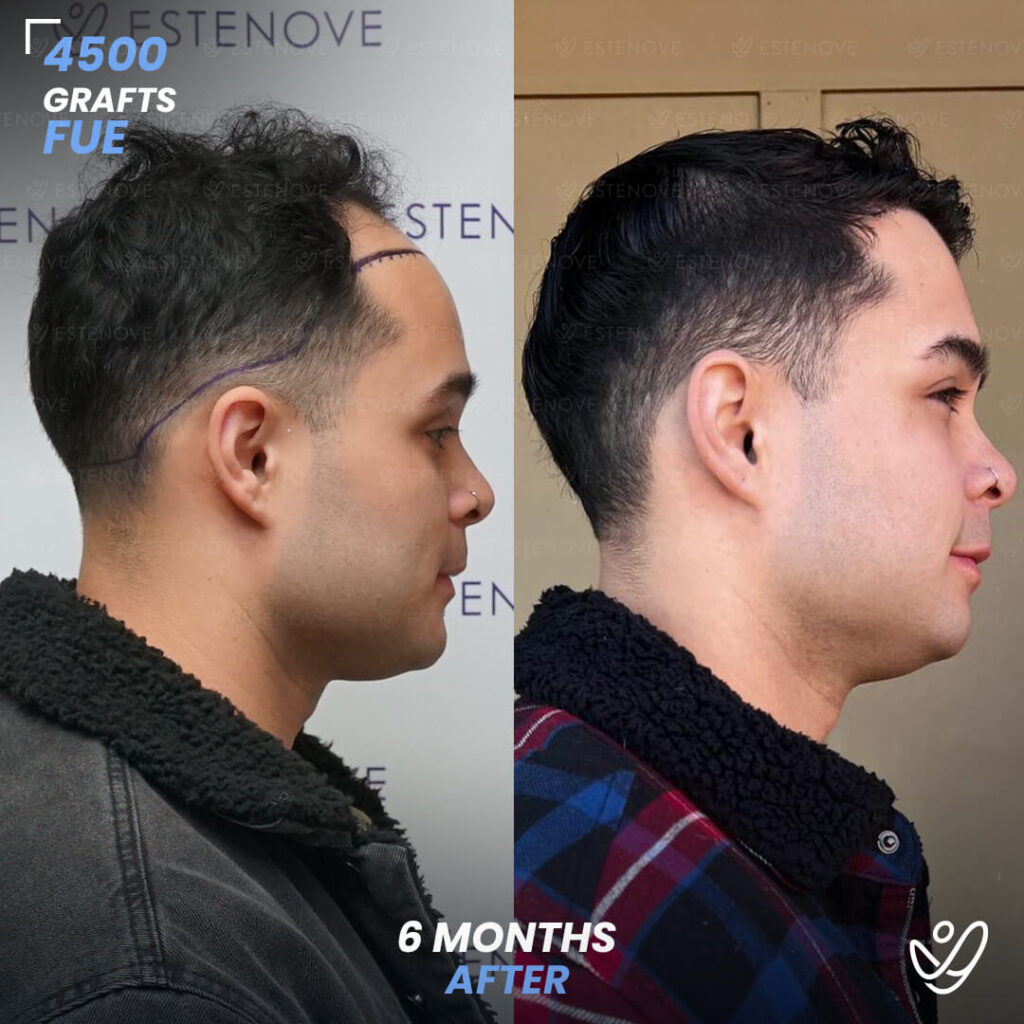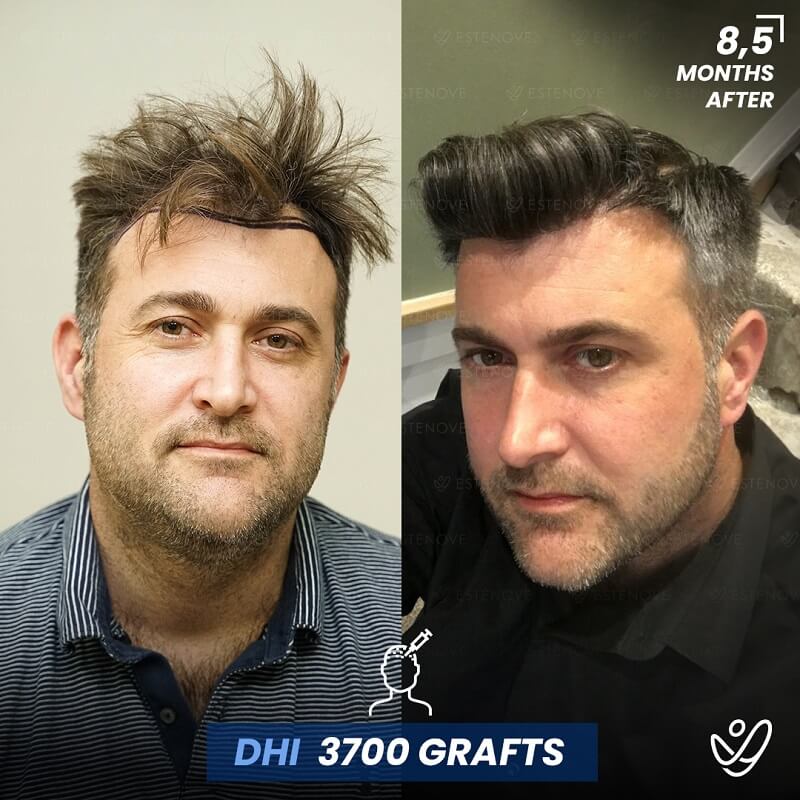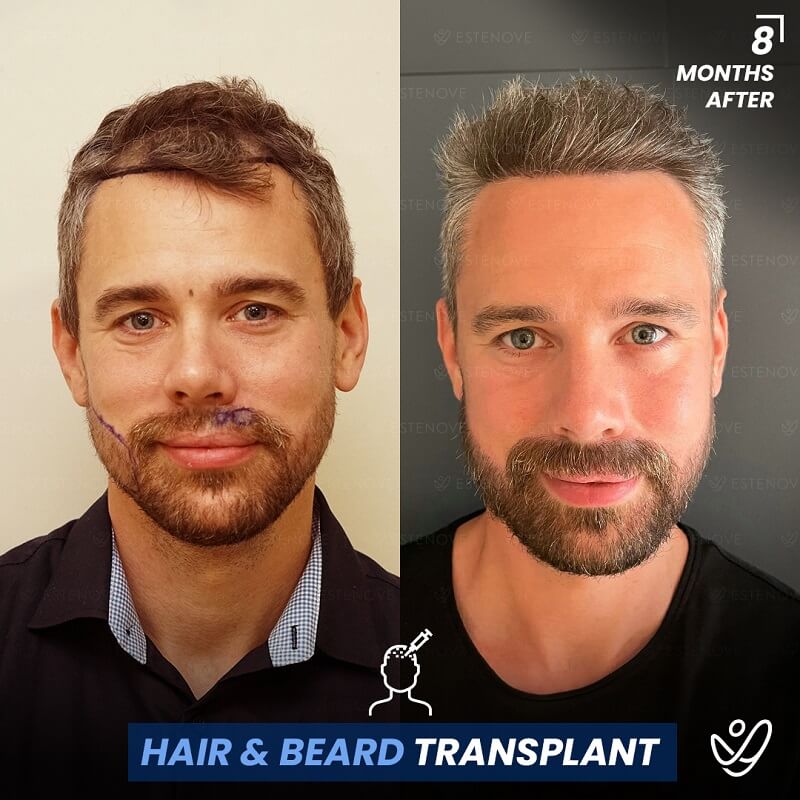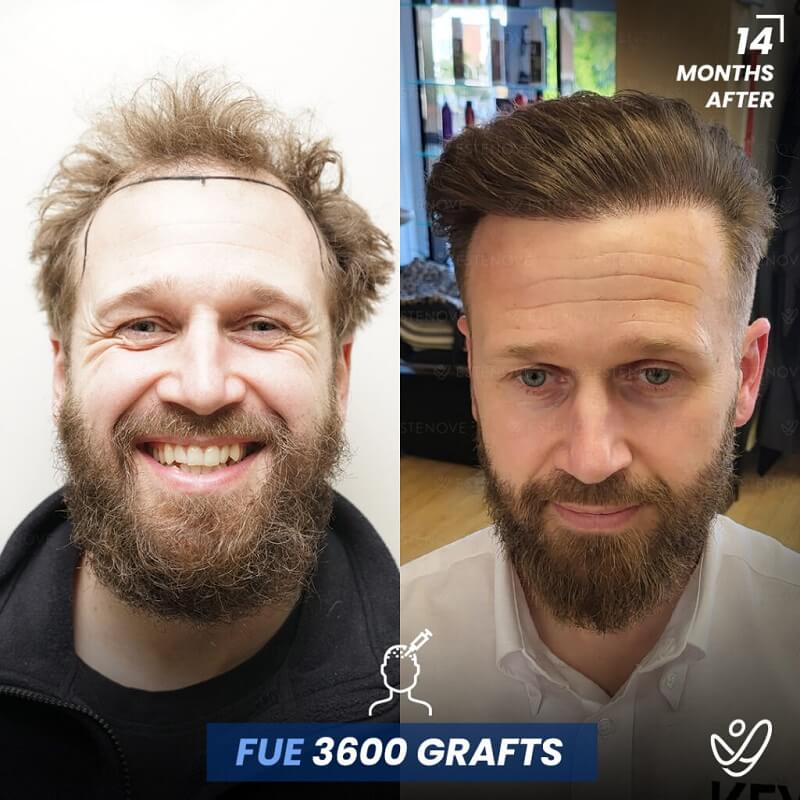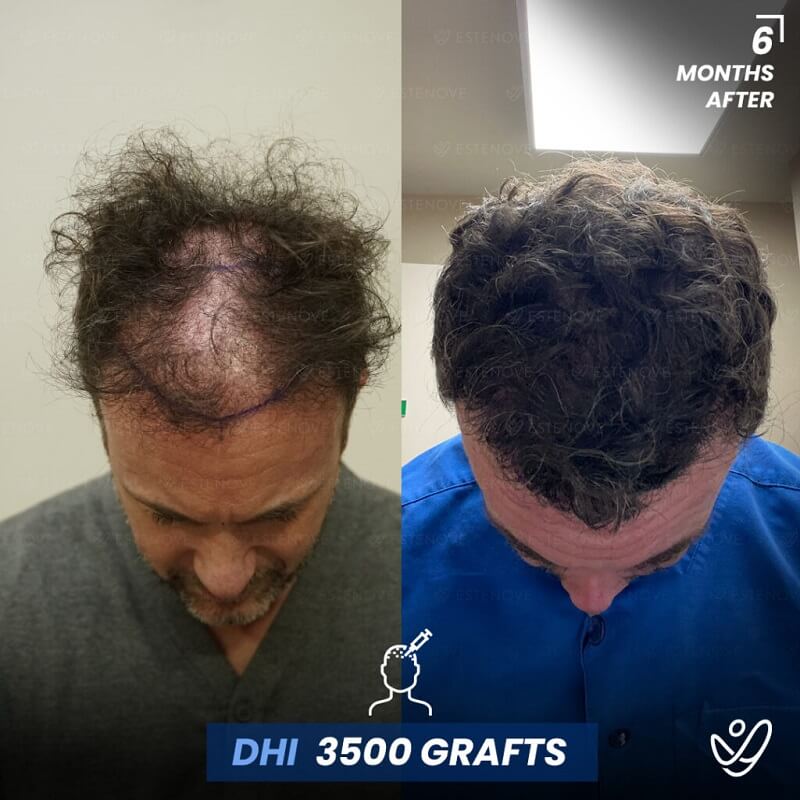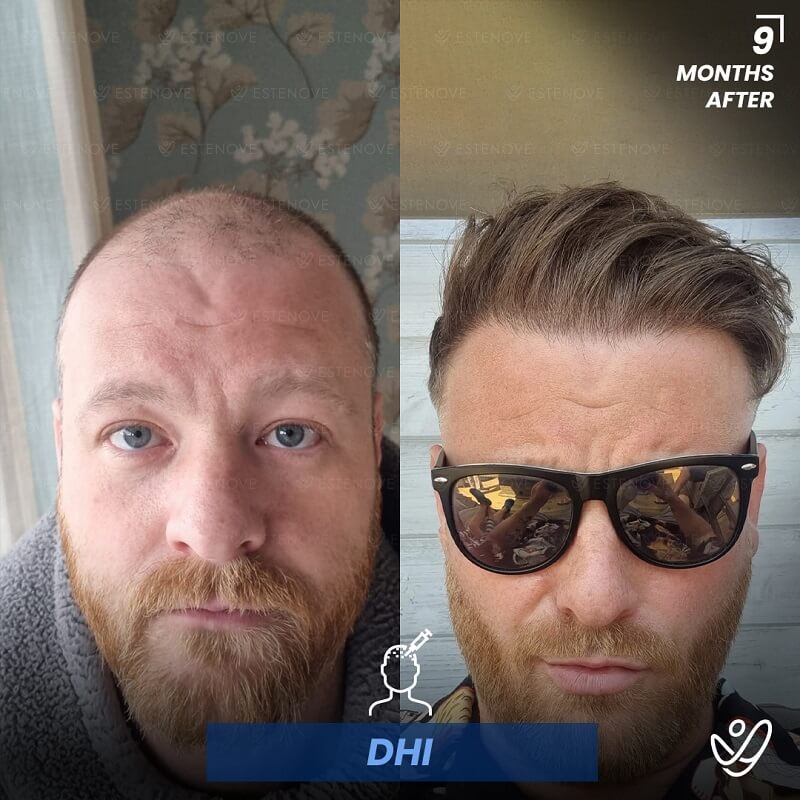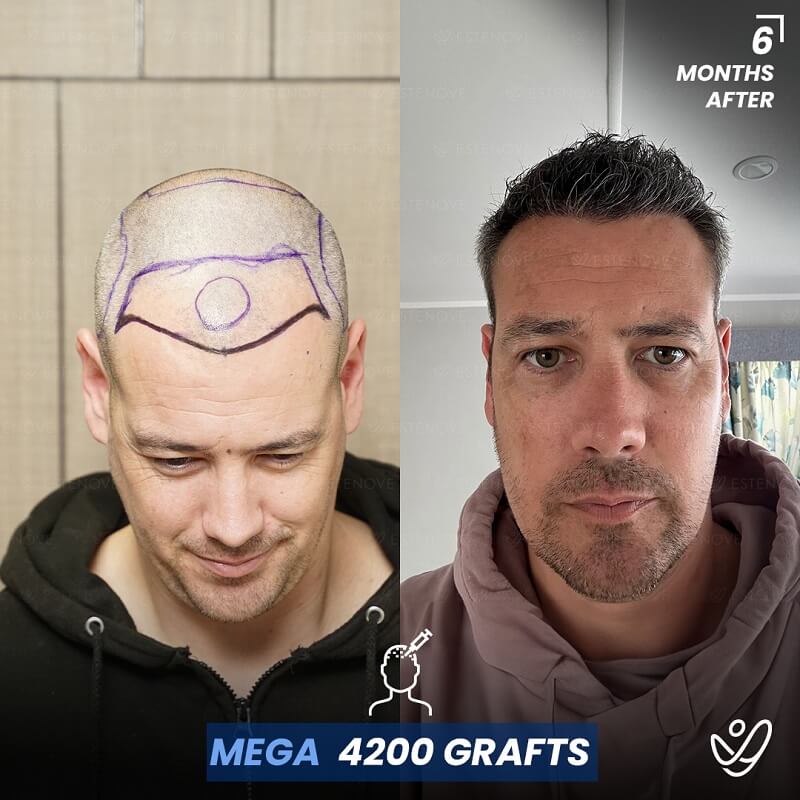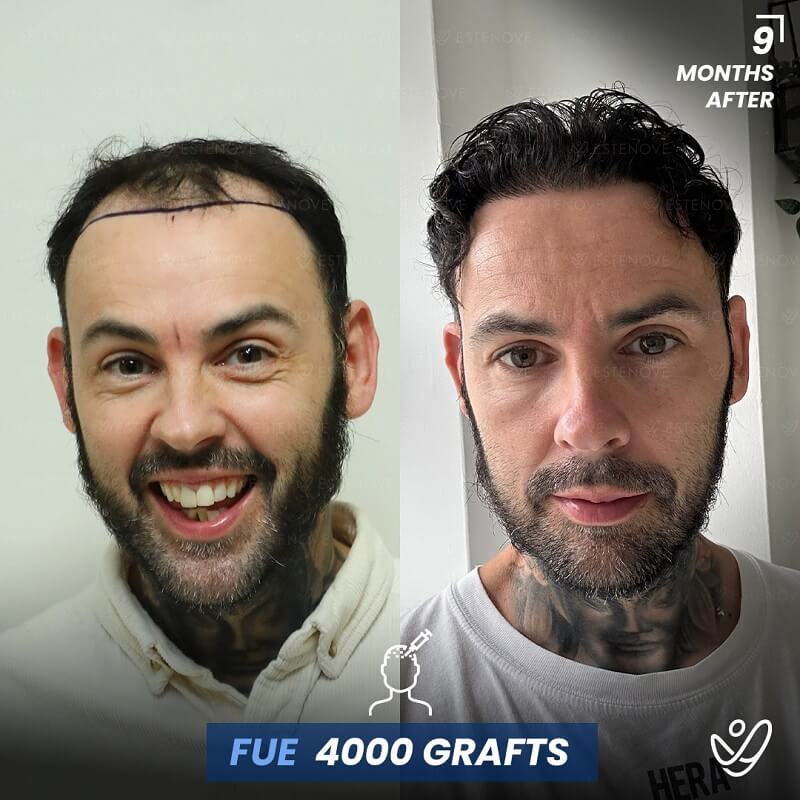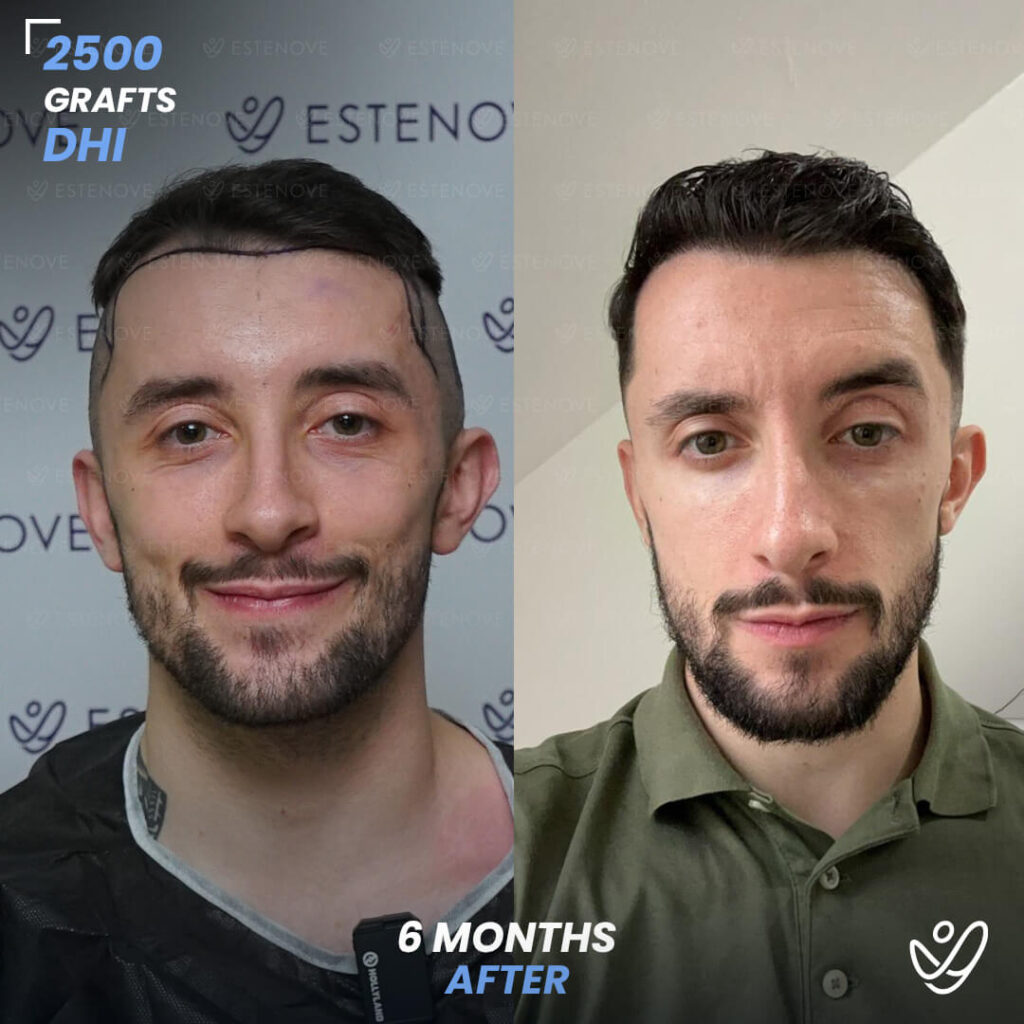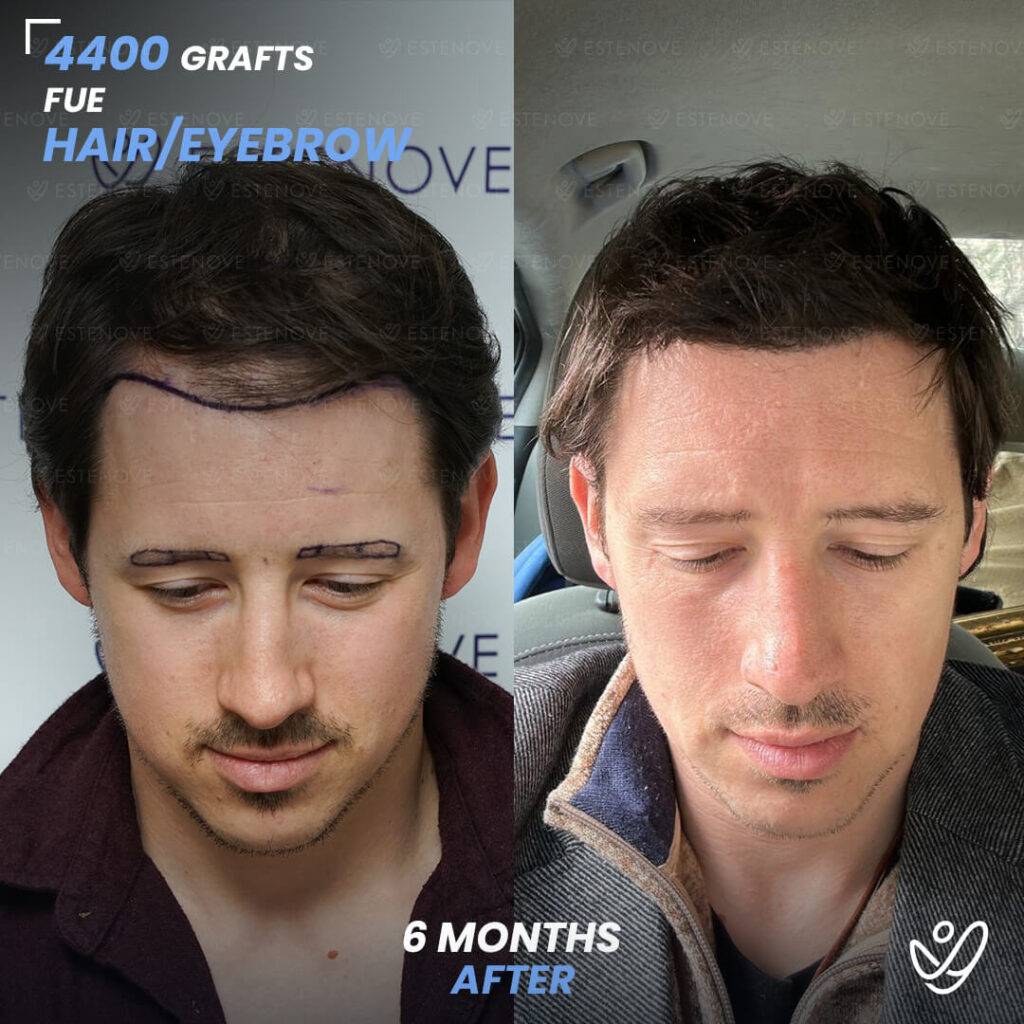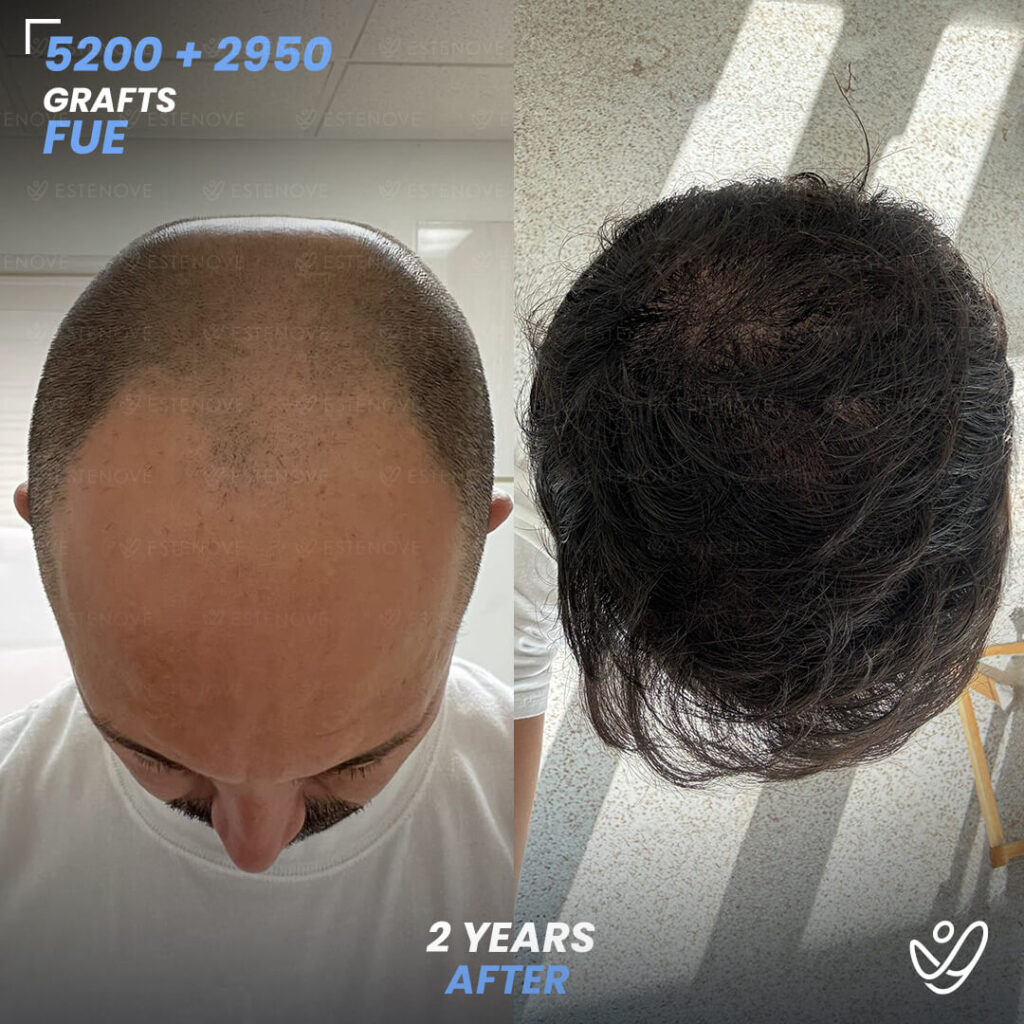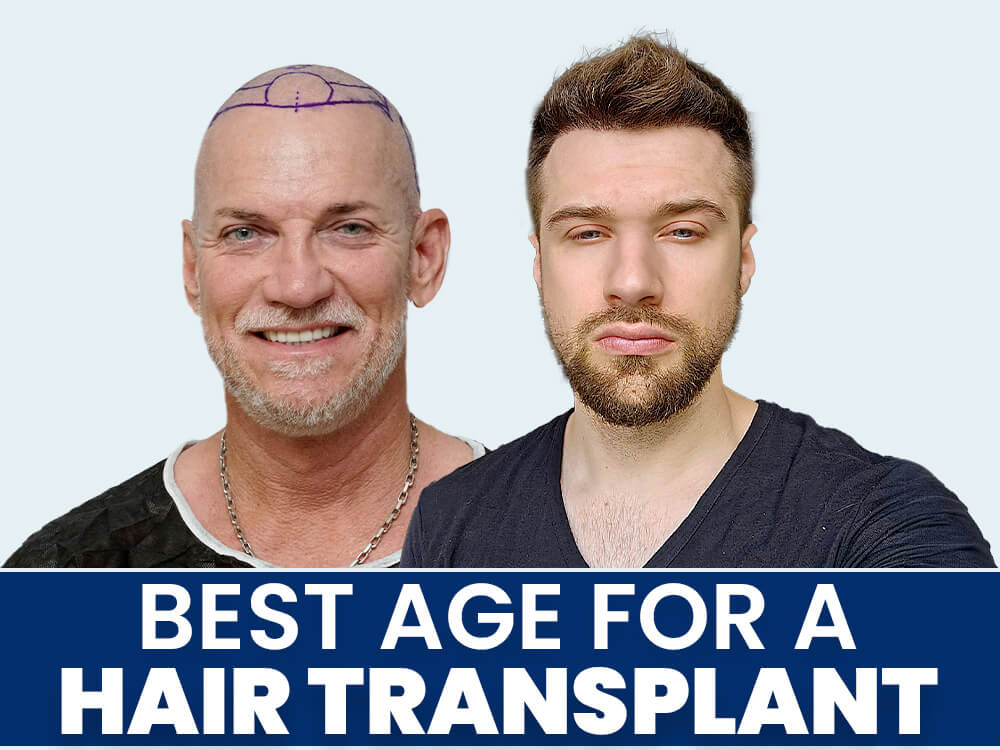
Hair loss can be frustrating at any age, and many people wonder: what is the best age for a hair transplant? While modern hair restoration techniques like FUE and DHI have made it easier to regain hair at different stages of life, age still plays a key role in determining timing and success.
Below, we explore how age affects hair transplant eligibility and outcomes — from early 20s to 50s — so you can make an informed decision tailored to your hair loss journey.
Table of Contents
- Understanding Hair Loss and Why Age Matters
- Hair Transplant at Age 20–25
- Hair Transplant at Age 26–30
- Hair Transplant in Your 30s
- Hair Transplant in Your 40s
- Hair Transplant in Your 50s and Beyond
- Factors Influencing Hair Transplant Success
- Age vs. Technique Flexibility
- Psychological Readiness and Age
Understanding Hair Loss and Why Age Matters
Hair loss affects millions of people and can begin as early as the late teens. The most common type is androgenetic alopecia, also known as male or female pattern baldness. The key factor in determining the right time for a transplant is whether your hair loss has slowed down enough to allow for a successful, long-term outcome.
Hair Transplant at Age 20–25
Getting a hair transplant in your early 20s is possible, but often not recommended unless specific conditions are met.
Why surgeons are cautious
- Hair loss may not have stabilized yet
- Transplanted areas might remain intact while surrounding hair continues to thin
- Multiple future surgeries may be needed
Instead, many surgeons suggest medical treatments such as Finasteride or Minoxidil to help stabilize hair loss during this stage. Learn more about your options on our FUE vs. DHI guide at estenove.com.
Hair Transplant at Age 26–30
- FUE 4500 Graft Hair Transplant 6 Months Before After, Patient Age: 27
- FUE 4500 Graft Hair Transplant 6 Months Before After, Patient Age: 27
This age range is a turning point. Hair loss patterns are usually more visible by now, making it easier for surgeons to plan a natural-looking and long-lasting result.
- Suitable for early Norwood stage patients with stable loss
- Both FUE and DHI methods can be effective depending on the case
- Psychological readiness tends to be higher
You can estimate how many grafts you may need using our hair graft calculator
Hair Transplant in Your 30s
Many surgeons consider the 30s the ideal age for a hair transplant.
- Hair loss is typically more stable
- Donor areas are still strong
- Patients often have realistic expectations
Hair Transplant in Your 40s
Transplants in your 40s can still achieve excellent results, especially when the donor area is healthy.
- Focus often shifts from low hairlines to overall coverage
- DHI is popular for natural results and precision
- FUE remains reliable for high graft numbers and low scarring
- First & Second Hair Transplant Before After – FUE 5200 + 2950 Grafts, Patient Age: 48
- First & Second Hair Transplant Before After – FUE 5200 + 2950 Grafts, Patient Age: 48
Hair Transplant in Your 50s and Beyond
It’s possible to have a successful transplant in your 50s or even 60s. The key is good health and strong donor hair.
- Surgeons will evaluate your general health before surgery
- Patients often prioritize restoring confidence and natural looks
- Needle-free options are available for sensitive patients
For details on this method, visit our page on needle-free hair transplant
Factors Influencing Hair Transplant Success
Age is only one of several factors that affect transplant outcomes.
Health status
Candidates in good health experience fewer complications and typically recover more quickly.
Hair density
Thicker hair in the donor area results in better coverage and a more natural look.
Hair loss pattern
Stability of your current hair loss plays a major role in designing a long-term strategy.
Scalp condition
A healthy and flexible scalp makes it easier to implant grafts and avoid scarring.
Age vs. Technique Flexibility
While age is an important factor in determining the timing of a hair transplant, it doesn’t necessarily limit your choice of technique. Both FUE and DHI are modern, minimally invasive methods used successfully across all age groups — from patients in their 20s to those in their 50s and beyond.
Instead of age, technique selection is usually based on:
- The size and stability of your donor area
- The number of grafts needed
- Your desired hairline design and density
- Recovery time expectations
- Hair characteristics (curl pattern, thickness, direction)
Younger patients may prioritize a conservative hairline design and minimal scarring, while older patients might focus more on achieving fuller coverage. Regardless of age, your surgeon will recommend the most suitable method based on your individual goals.
To compare these techniques in detail, visit our guide on FUE vs. DHI
Psychological Readiness and Age
The emotional impact of hair loss varies by age. Younger patients often struggle with self-image and confidence, while older patients may see it as part of aging but still want to restore a more youthful appearance.
Before making a decision, it’s important to:
- Consider your emotional motivations
- Set realistic expectations
- Explore non-surgical options if you’re not yet ready for surgery
There is no one-size-fits-all answer, but most experts suggest waiting until your mid-20s when hair loss becomes more predictable. The 30s are considered an ideal age range, but great results are still achievable in your 40s and 50s with the right plan.
To discuss your options, you can contact Estenove to schedule a consultation with our team.
References:
-
International Society of Hair Restoration Surgery. (2022). 2022 ISHRS Practice Census Report. https://ishrs.org/
-
American Academy of Dermatology Association. (n.d.). Hair transplant surgery. https://www.aad.org/

